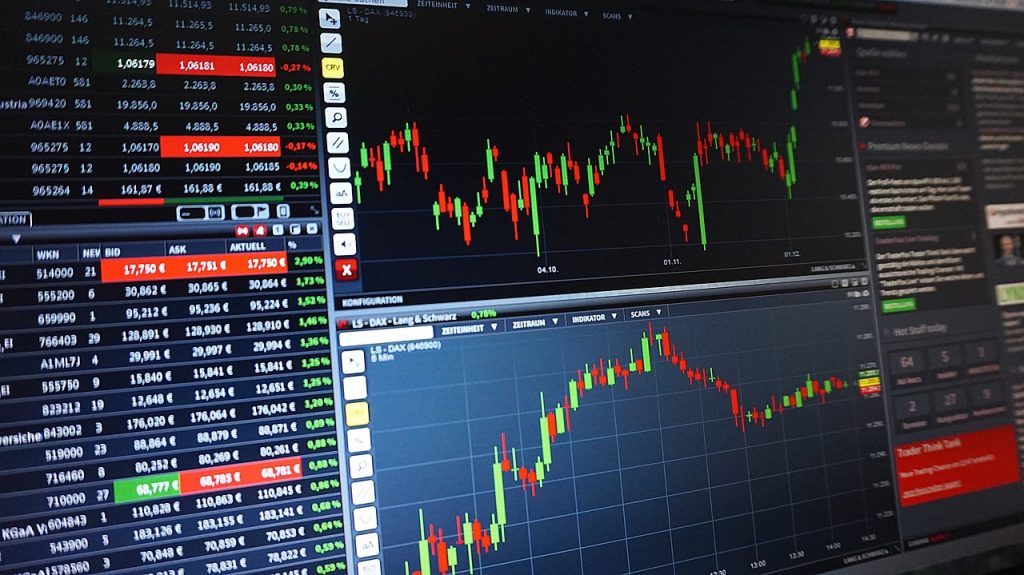In the exciting world of forex trading, understanding lot sizes is crucial for success. Lot sizes refer to the quantity of currency units you buy or sell in a trade. Whether you are a beginner or an experienced trader, grasping the concept of lot sizes is essential for managing risk and maximizing profit potential. In this article, we will explore what lot size is in forex trading and why it is important to master this concept in order to make informed trading decisions. So, get ready to expand your knowledge and enhance your trading skills as we break down lot sizes in the foreign exchange market.
What Is Lot Size Forex
Foreign exchange trading, commonly known as Forex trading, involves the buying and selling of currencies. It is a decentralized global market where currencies are traded. Traders aim to profit from fluctuations in the exchange rates between different currencies. To execute profitable trades, it is crucial to understand the concept of lot sizes in Forex trading.
Understanding Lot Sizes
In Forex trading, a lot refers to the standardized quantity of a financial instrument. The lot size determines the size of the positions taken by traders. It is important to understand the different lot sizes and how they impact the trading process.

Types of Lot Sizes
1. Standard Lot
A standard lot is the largest unit of measurement in Forex trading. It consists of 100,000 units of the base currency. The base currency is the first currency in a currency pair. For example, in the EUR/USD currency pair, the Euro (EUR) is the base currency. Trading one standard lot in this currency pair means you are buying or selling 100,000 Euros.
2. Mini Lot
A mini lot is one-tenth the size of a standard lot. It consists of 10,000 units of the base currency. Trading a mini lot in the EUR/USD currency pair would mean buying or selling 10,000 Euros.
3. Micro Lot
A micro lot is one-tenth the size of a mini lot and one-hundredth the size of a standard lot. It consists of 1,000 units of the base currency. Trading a micro lot in the EUR/USD currency pair would mean buying or selling 1,000 Euros.

Choosing the Right Lot Size
Selecting the appropriate lot size is essential for successful Forex trading. It depends on several factors, including your risk tolerance, trading strategy, and account size.
Risk Tolerance
Consider your risk tolerance when choosing a lot size. If you are a conservative trader and prefer to limit your risk exposure, trading smaller lot sizes may be suitable for you. On the other hand, if you are comfortable with higher risk and potential rewards, larger lot sizes may be more appropriate.
Trading Strategy
Your trading strategy also plays a significant role in determining the lot size. If you rely on short-term trades or scalping strategies, smaller lot sizes allow for more precise entry and exit points. Conversely, if you opt for longer-term trades or swing trading, larger lot sizes may be more advantageous.
Account Size
The size of your trading account is another crucial factor to consider. If you have a smaller account, trading smaller lot sizes can help manage risk and preserve capital. As your account grows, you can gradually increase the lot size.

Impact of Lot Size on Trading
The lot size you choose can have a significant impact on your trading outcomes. It affects the potential profit or loss per pip movement in the currency pair.
Profit and Loss
The profit and loss in Forex trading are calculated based on pips. A pip is the smallest price movement in a currency pair. The value of a pip depends on the lot size. Trading a standard lot will result in larger profit or loss compared to trading a mini or micro lot, assuming all other factors remain the same.
Leverage
Leverage is another important aspect to consider when trading Forex. It allows traders to control larger positions with a smaller investment. However, higher leverage increases the risk of larger losses. Therefore, it is crucial to use leverage wisely and consider the lot size accordingly.

Risk Management
Effective risk management is crucial in Forex trading. Choosing the appropriate lot size is a key component of a comprehensive risk management strategy.
Stop Loss and Take Profit
Setting stop loss and take profit levels is essential to limit potential losses and secure profits. The lot size chosen should align with these levels to ensure that the risk-reward ratio remains favorable.
Margin Requirements
Margin is the amount of money required to open and maintain a trading position. Different lot sizes have varying margin requirements. Understanding the margin requirements of your chosen lot size can help you manage your account effectively.

Conclusion
Lot sizes play a vital role in Forex trading. Understanding the different lot sizes and their impact on trading is crucial for success in the Forex market. Consider your risk tolerance, trading strategy, and account size when selecting the appropriate lot size. Implement effective risk management strategies, such as stop loss and take profit levels, to protect your capital and optimize your trading outcomes. With the right lot size and prudent risk management, you can navigate the Forex market with confidence and increase your chances of profitability.


